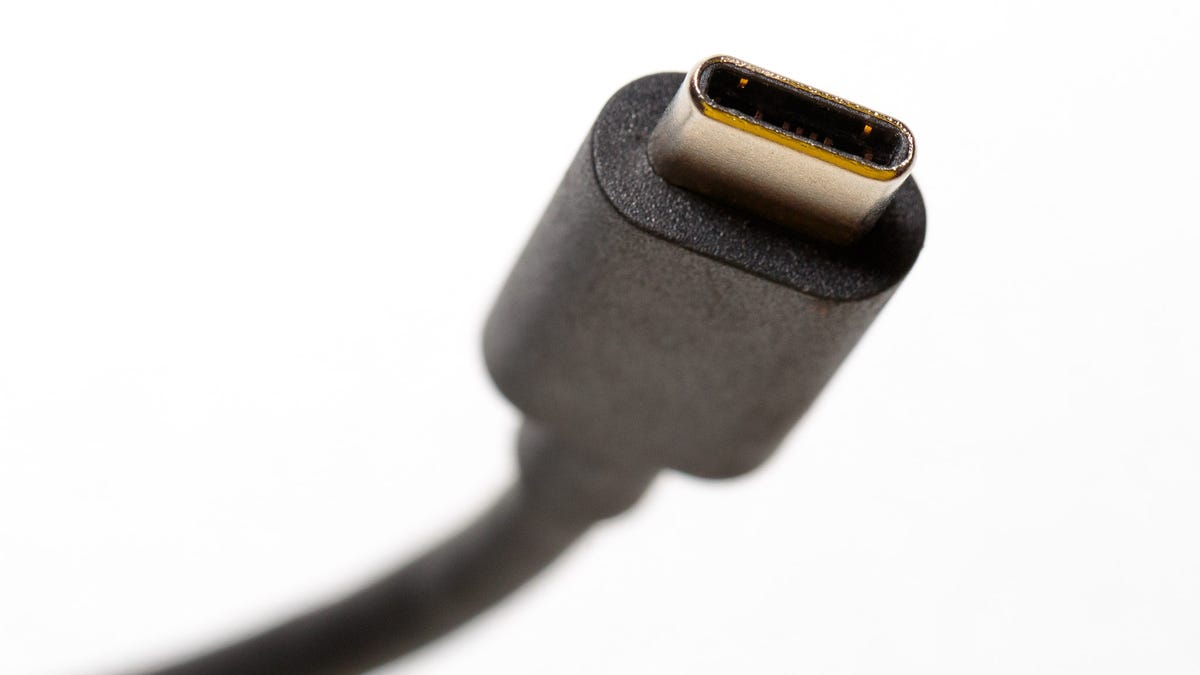New version of USB-C lets you connect to a screen via HDMI without a dongle
The latest version of the connector will enable future devices to hook up to an HDMI display without the need for a separate adaptor.

Dongles begone! HDMI Licensing has announced a new version of USB-C that has native HDMI support. That means you'll be able to connect compatible tablets, phones and laptops directly to a display without the need for a separate converter.
A simple USB-C-to-HDMI cable will replace the $70 dongles that currently exist, though the source device will need to have been designed to output HDMI via USB-C. According to HDMI Licensing it's not backwards compatible with existing devices or upgradeable via software.
Called "HDMI Alt Mode" the new standard supports up to HDMI 1.4b, a version that supports resolutions up to 4K and extras such as Audio Return Channel (ARC), 3D, HDMI Ethernet Channel and Consumer Electronic Control (CEC).
Unfortunately the cable won't support HDR video or 4K streaming services, which require the newer HDMI 2.0a standard.
Compatible devices based on the standard have yet to be announced.

